The Influence of Traditional Elements on Hanfu

Chinese traditional philosophical thoughts played a crucial role in ancient society, and Hanfu can be said to be deeply influenced by these traditional philosophies and ethical values. Clothing was governed by various traditional elements, and Chinese people based their dress system on the “Zhou Li” (Rites of Zhou), which became the theoretical foundation for the creation of the attire regulations. Hanfu, as a concrete embodiment of these rites, had detailed requirements as early as the Zhou Dynasty regarding styles, materials, patterns, colors, and other aspects of clothing. For example, the emperor’s attire was prohibited for officials to wear, and the clothing of the nobility was forbidden for commoners. Improper dress could lead to misunderstandings or, in more severe cases, could be seen as a violation of moral teachings. In extreme cases, improper clothing could even risk one’s life.
Not only for the emperor, but the concept of rites also held varying degrees of influence over the nobility, as well as both women and men, shaped by politics, religion, and customs. This blog will explore how traditional elements have impacted Hanfu attire to different extents.
The Emperor’s Mianfu (Ceremonial Robes)
Emperors placed great importance on their mianfu, as these ceremonial robes were used for worshipping heaven, earth, spirits, and ancestors, as seen in the image of an emperor wearing formal attire. In Confucius’ Analects, it is mentioned that “Yu the Great was frugal with his everyday clothes, but his ceremonial robes were exquisite.(恶衣服,而数美乎黻冕)” This suggests that while Yu the Great dressed modestly in daily life, his ceremonial attire for sacrifices was richly elaborate.
The emperor had more freedom in clothing choices, but also faced unexpected limitations. For example, during the Southern Song Dynasty, the writer Chen Shou recorded in Records of the Three Kingdoms that Emperor Cao Rui (曹叡) of the Wei Kingdom violated the proper dress codes. A minister questioned him, saying, “Which dynasty’s ceremonial robe is this?” This statement implied that the minister believed the emperor was wearing attire that was inappropriate for him, even suggesting a critique of the emperor’s competence, as he had failed to adhere to the prescribed clothing regulations meant for the emperor.
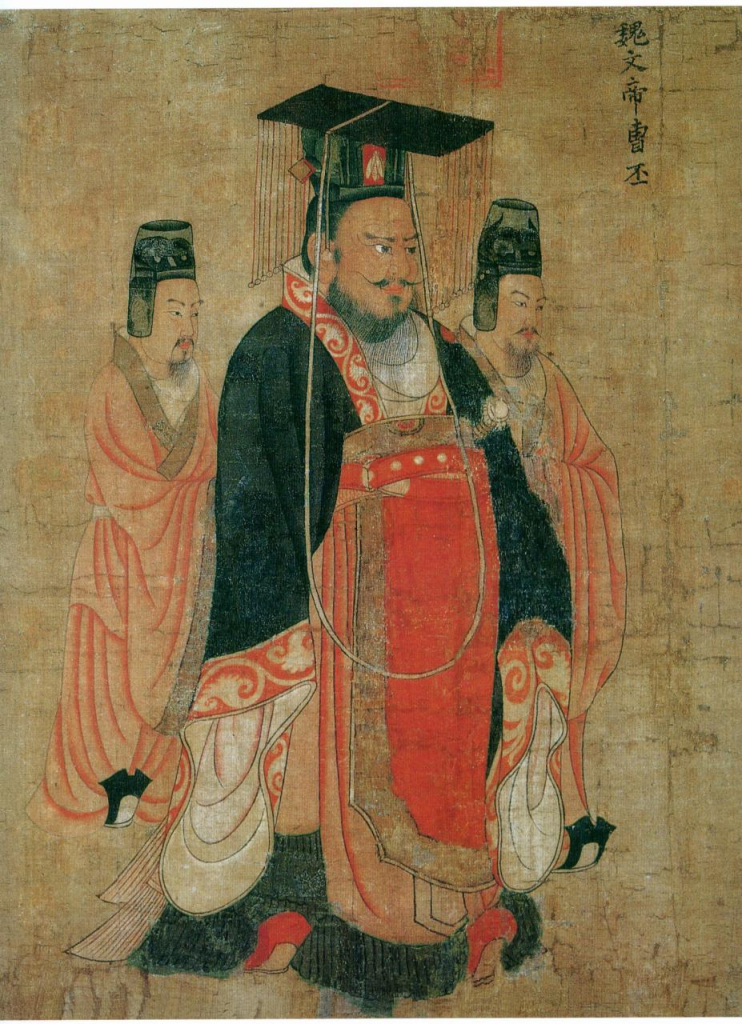
Noble etiquette
Clothing often served as a reflection of virtue. For example, in ancient times, it was considered immoral for noblemen to expose their bodies in public or go without a hat. The extravagant behavior of famous figures during the Wei-Jin period, who “loved wine, were reckless, let their hair hang loose, and sat with legs apart” (as recorded in Jin Shu by Wang Yin), was seen as a violation of social norms and moral order, embodying a rebellious disregard for propriety.
The following image shows the daily attire of a nobleman, taken from the Night Banquet of Han Xizai (《韩熙载夜宴图》) by the Five Dynasties and Ten Kingdoms period painter Gu Hongzhong.(顾闳中)
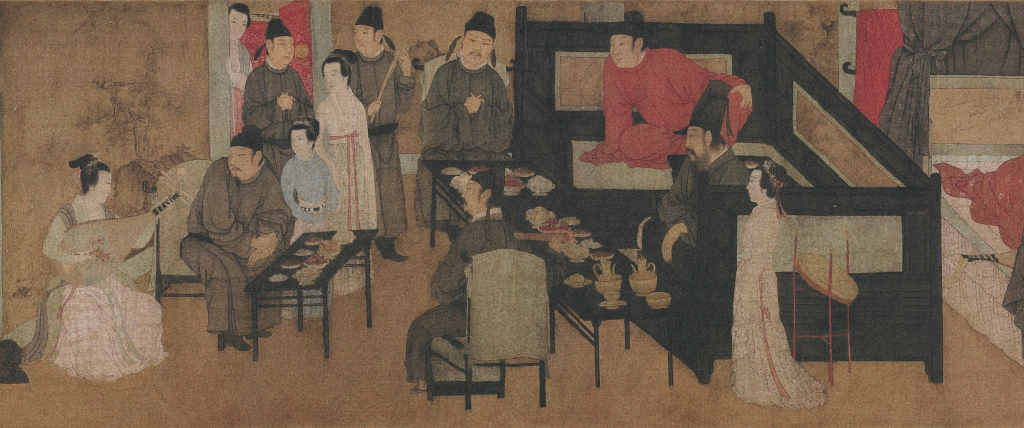
Here are two examples where failure to adhere to Hanfu’s dress code resulted in death: The first occurred during the Spring and Autumn period, when Duke Zhuang of Wei (卫庄公) invited Hun Liangfu (浑良夫) to dine in a newly built tiger tent. Hun arrived wearing a purple robe and fox fur cloak, and during the meal, he exposed his cloak and did not remove his sword. As a result, the Crown Prince of Wei accused him of three offenses exposing his cloak, wearing purple, and keeping his sword and he was subsequently executed. The second example involves Confucius’ disciple, Zilu (子路), who encountered trouble in the State of Wei. Surrounded by two warriors, Zilu fought back, but in the struggle, his crown tassel was severed. Zilu remarked, “A gentleman’s death should not come with an unkempt crown.” He paused to re-tie his crown, only to be killed by warrior.
Women’s Restrictions
In ancient China, especially after the Song Dynasty, societal restrictions on women became more pronounced, particularly in terms of clothing. These restrictions included: First, associating a woman’s attire with her chastity. The six garments worn by noblewomen, for example, were made from fabrics of the same color for both the top and the skirt. Second, clothing was used to conceal a woman’s physical features, promoting the idea that women should not reveal their skin. In fact, ancient Chinese women’s clothing was often loose-fitting and layered; even during the hottest summer, they would wear three layers of clothing. Over time, this practice led to the development of the “盖头” (gaitou), a head covering designed to further conceal their features. For women, the Li Ji (Book of Rites) stated that they must “always cover their faces,” enforcing strict control over their attire. Although there was some relaxation of these norms during the Tang Dynasty, this change was brief and short-lived.
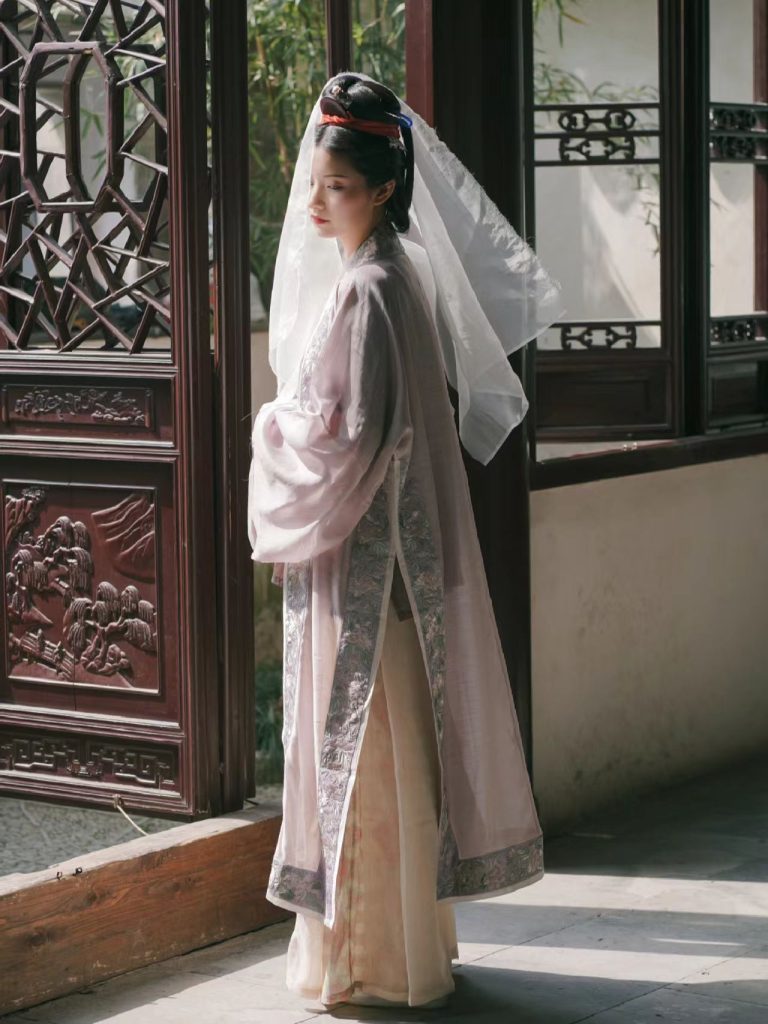
Preferences in Accessories
In The Analects, Confucius said, “A person who is not benevolent, how can they observe rites? A person who is not benevolent, how can they appreciate music?” This means that a noble person should be kind and tolerant, treating others with respect. The accessories of Hanfu are often made of jade, which is smooth, elegant, and refined. The purpose of wearing jade is to constantly remind oneself to cultivate moral integrity and character, just as jade is pure and flawless. Confucianism teaches that a noble person should display external respect while possessing internal resilience, being lenient toward others but strict with oneself. The qualities of jade closely resemble the virtues of a gentleman, so the use and wearing of jade in Chinese culture are deeply tied to moral and spiritual values.
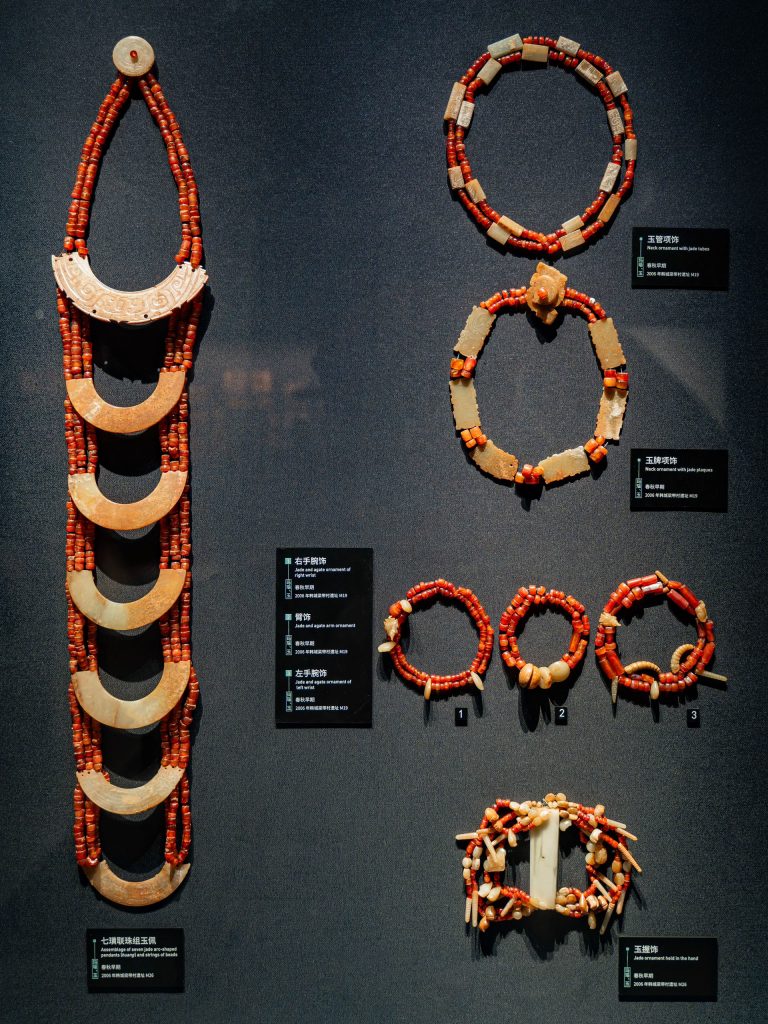
Virtue of Loyalty & Filial Piety
Influenced by Confucian culture, filial piety is considered the foundation of moral ethics, and clothing and attire are important expressions of loyalty and filial devotion. For example, hair and skin are viewed as gifts from one’s parents, and damaging them would be seen as a violation of filial piety, so people were expected to keep their hair long and avoid cutting it. Additionally, when a family member passed away, one would wear white mourning clothes for a period of time to show respect and remembrance. During the Qing Dynasty, officials wore a “Loyalty and Filial Piety Belt” attached to their waist. In the later Qing period, to remind officials of their duty, the characters for “loyalty” and “filial piety” were embroidered directly onto the belt, and anyone who held an official position was required to wear this belt.

Political Authority
Certain garments serve to reinforce authority and create a sense of mystique. For example, the yellow color, reserved exclusively for the emperor, was forbidden for commoners to use. During the Ming Dynasty, the emperor would grant different types robe to
loyal officials, such as the dragon robe, flying fish robe, bullfighting robe, and qilin robe. In the Qing Dynasty, the emperor would also grant special robes, like the yellow official gown and the three-eyed feathered ornament, as honors to officials who had performed distinguished services. Being bestowed with such attire was considered a great honor for the recipient. Similarly, during the Tang and Song Dynasties, the color and accessories of an official’s clothing could distinguish their rank and position in the government.
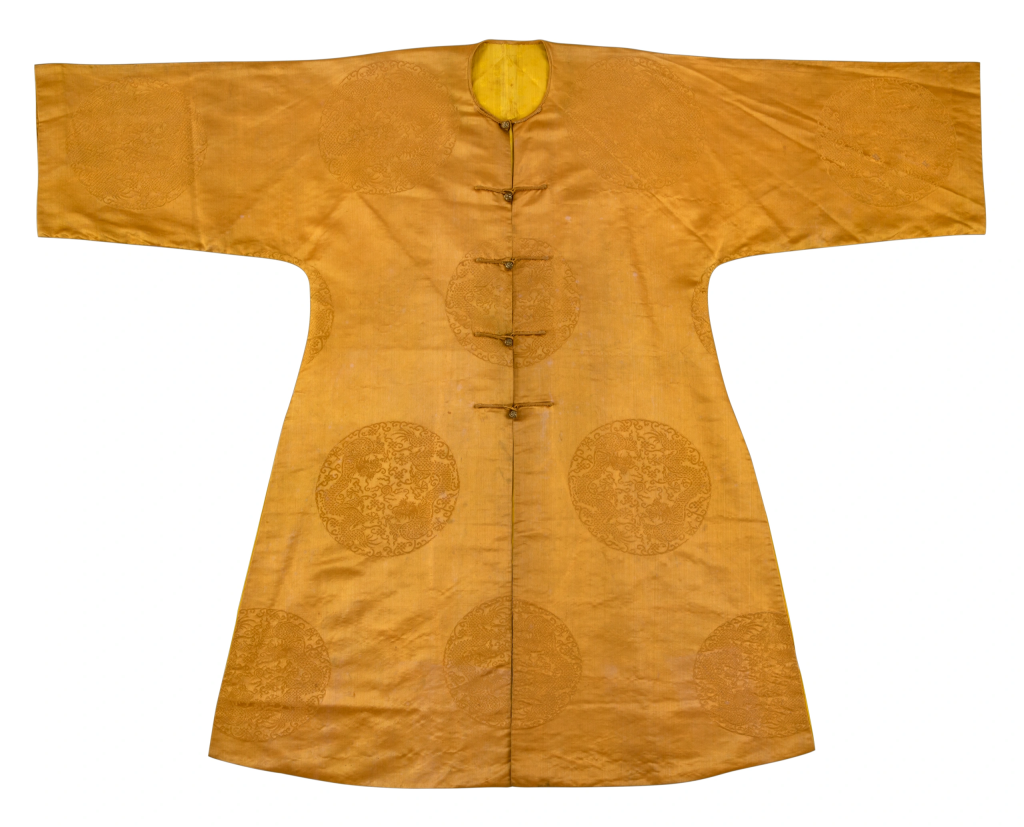
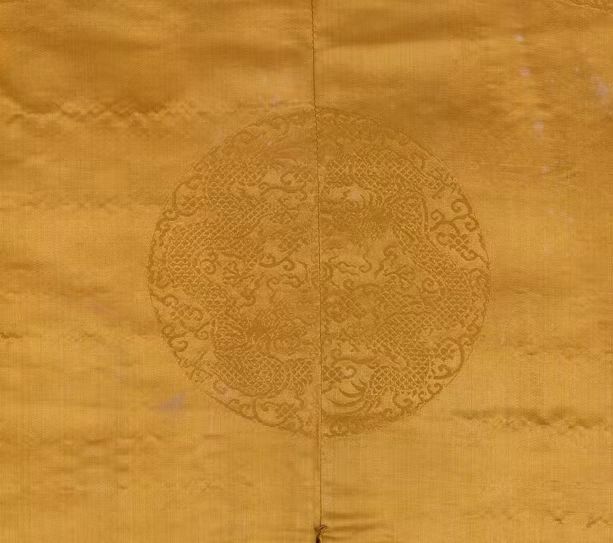
The Relationship Between Religion & Hanfu
Ancient Chinese religious beliefs centered around worshipping heaven, deities, and ancestors. The earliest styles of clothing in China were influenced by the primitive worship of these natural and spiritual elements. During the Shang Dynasty, people revered the color white, believing it to be a gift from the heavens, so the silkworm was regarded as a “heavenly insect”.
In addition to such primitive beliefs, there was also worship of abstracted “spirits” derived from animals and plants. For instance, the dragon is a significant totem of the Chinese people, with the term “descendants of the dragon” symbolizing their connection to this mythical creature. Similarly, some minority ethnic groups in China regard themselves as descendants of animals like the tiger, bear, or eagle.
The emperor’s attire, known as the “dragon robe,” was decorated with a five-clawed dragon, symbolizing the emperor as the embodiment of the dragon. This garment elevated the emperor to a divine status, transforming his image into one of idolization and deification.
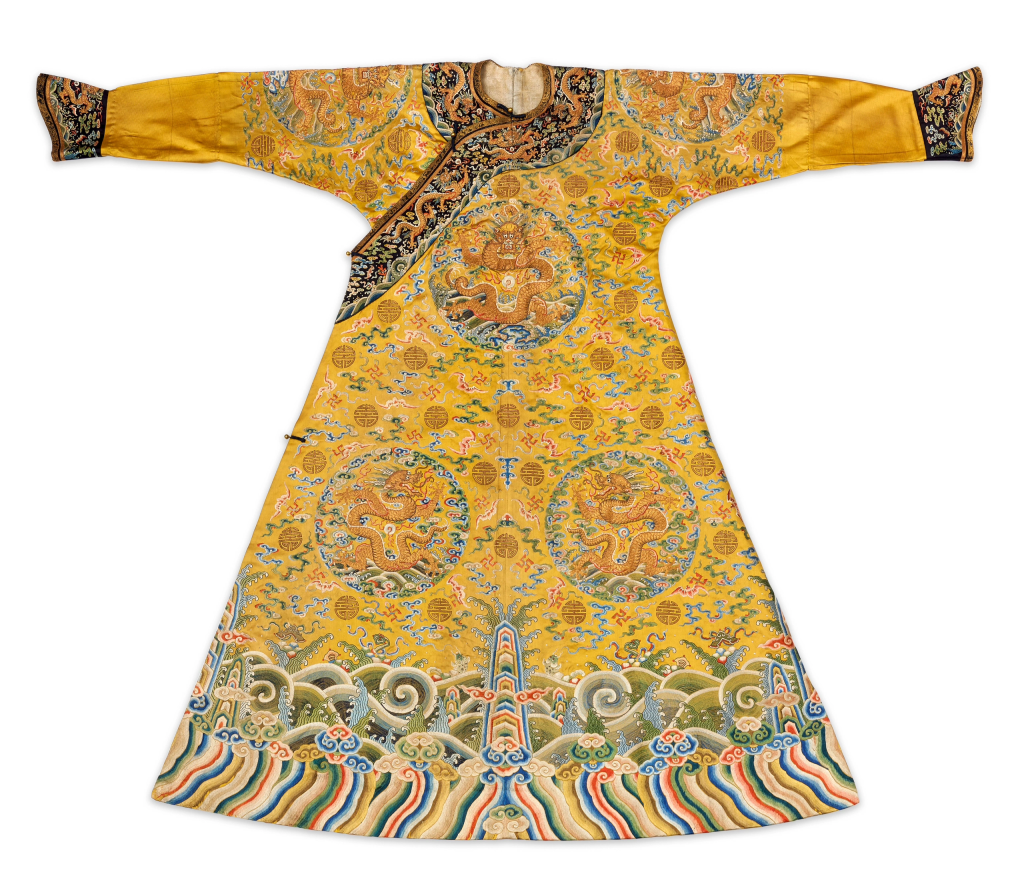
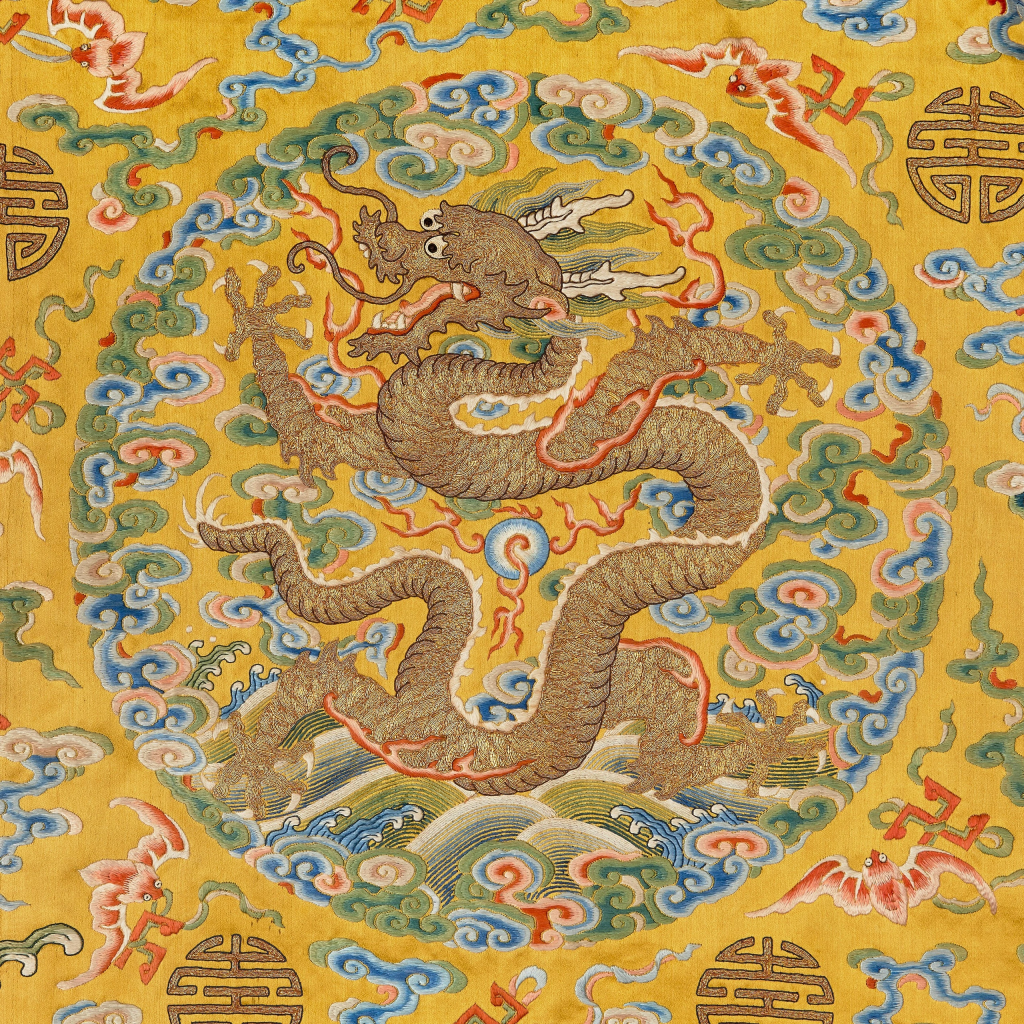
local tradition
China is a unified multi-ethnic country, and the traditional clothing of different regions carries distinct cultural meanings. For instance, during the Ming and Qing dynasties, northern attire featured strong contrasts and vibrant colors, while southern clothing was more subtle, with softer, elegant hues. The use of color also varies according to different festivals; for example, red is worn during the Chinese New Year to symbolize joy, while clothing for Qingming Festival is more somber and respectful. During the Dragon Boat Festival, children wear tiger-head hats, “five poisons” clothing, and tiger-head shoes to ward off evil spirits.
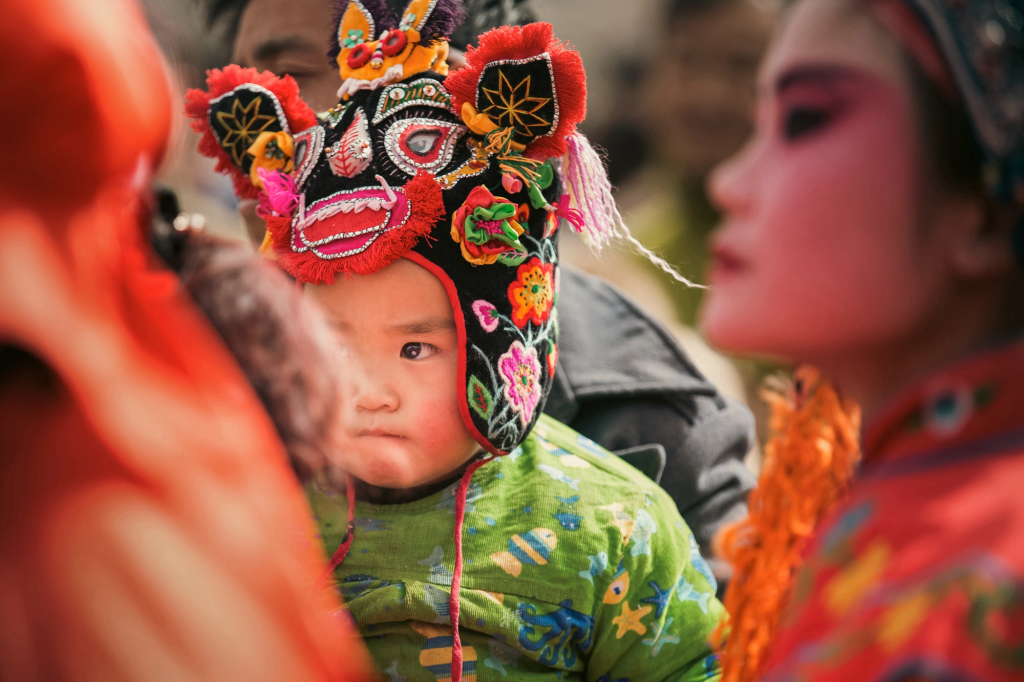
Conclusion
China has long been known as a land of rituals, with etiquette being one of the core elements of traditional Chinese culture. It is believed that adhering to these rituals not only shapes one’s moral character but also aligns with the heavenly way. Over time, clothing culture has gradually adapted to new social trends, becoming more suited to the lifestyle of modern individuals. We continually strive to liberate ourselves, dismantling outdated ideologies that hinder holistic human development, and laying a new value system. Hanfu also shows a newly envisioned and modernized China, let’s witness Hanfu, as a spiritual emblem of the Chinese people, making its way onto the global stage.
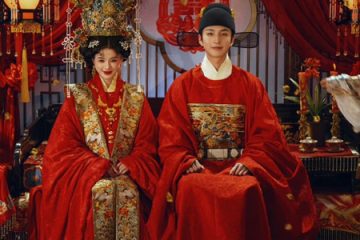
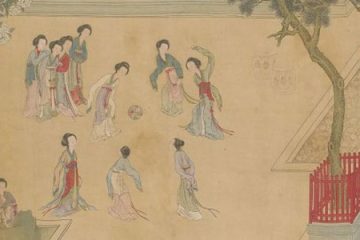
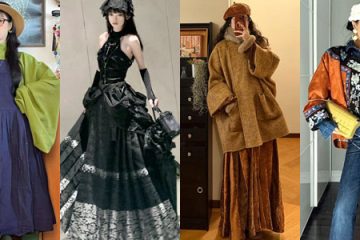
0 Comments